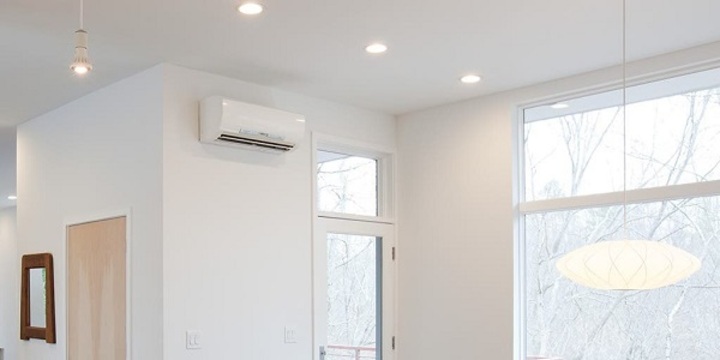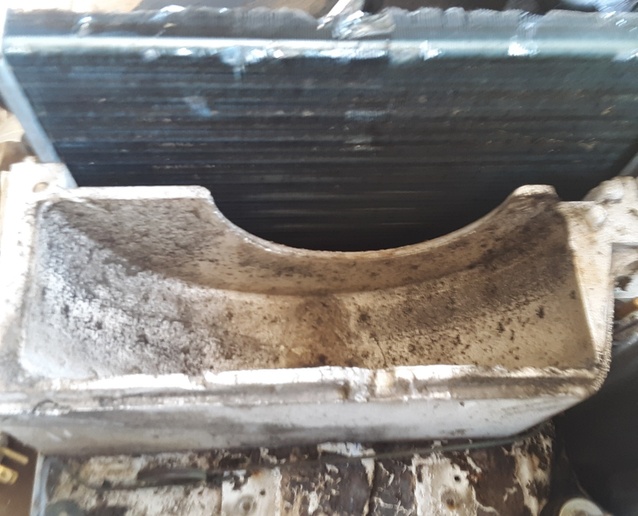john in la
Well-known Member
I have a normal central A/C home heat pump unit with a ducting system in my house.
It has some age on it and the condenser unit sustained damage in the storm.
I'm considering replacing the entire unit with a ductless split unit.
This is a heat pump system that has a central condenser unit outside but rather than ducts running to each room they run the wet lines to a separate air handler evaporator coil that hangs on the wall in each room.
Questions I have...
A normal wet line on a central A/C is say 25 feet.
Is there a limit on how long these lines can be ???
In other words how far is to long ??
Anyone have any experience with these Ductless Mini Split Air Conditioner.

It has some age on it and the condenser unit sustained damage in the storm.
I'm considering replacing the entire unit with a ductless split unit.
This is a heat pump system that has a central condenser unit outside but rather than ducts running to each room they run the wet lines to a separate air handler evaporator coil that hangs on the wall in each room.
Questions I have...
A normal wet line on a central A/C is say 25 feet.
Is there a limit on how long these lines can be ???
In other words how far is to long ??
Anyone have any experience with these Ductless Mini Split Air Conditioner.



